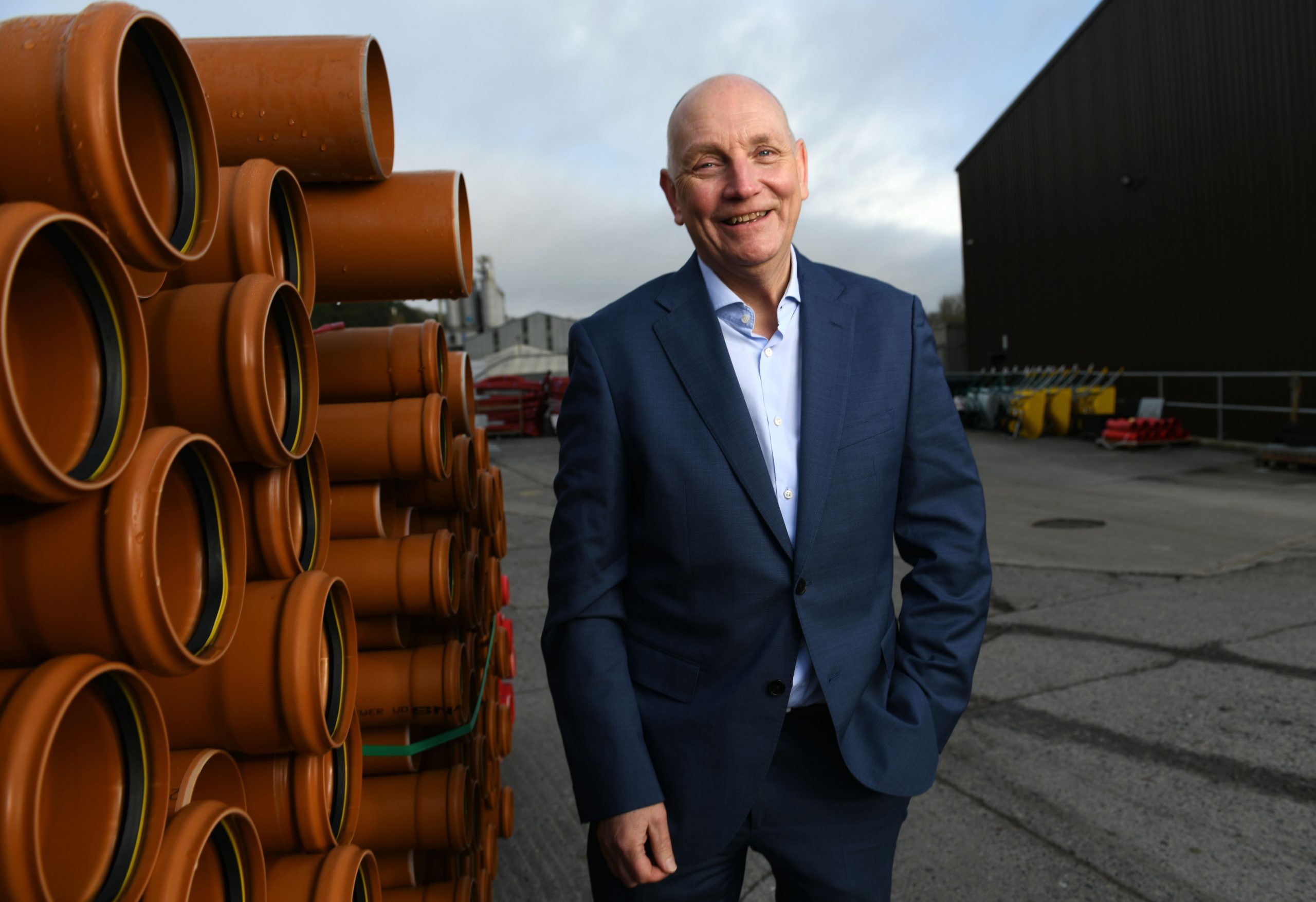On December 29, 2020, the Taoiseach Micheál Martin set a target of 25,000 new homes to be built in Ireland by the end of the following year. The next day on New Year’s Eve, the government placed the country into full level five lockdown. Many construction sites closed immediately. Others remained open with builders, facing a January 31 deadline, scrambling to finish snagging lists on homes that were practically complete. As chief executive of Chadwicks, Patrick Atkinson watched both announcements carefully. With 1,350 staff working in his builder’s merchanting company, which is part of the listed Grafton Group, he has…
Cancel at any time. Are you already a member? Log in here.
Want to continue reading?
Introductory offer: Sign up today and pay €200 for an annual membership, a saving of €50.

